Grey water use without plumbing changes
jessiecarole
21 years ago
Related Stories
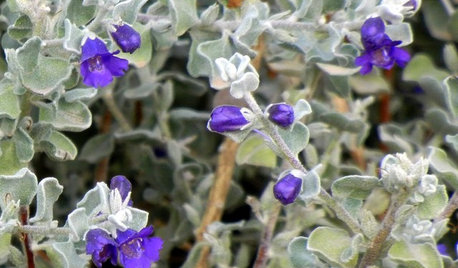
GARDENING GUIDESGreat Design Plant: Violet Silverleaf Thrives on Scant Water
Purple flowers transform silvery, sun-loving Leucophyllum candidum, while its easy care may change your gardening routine
Full Story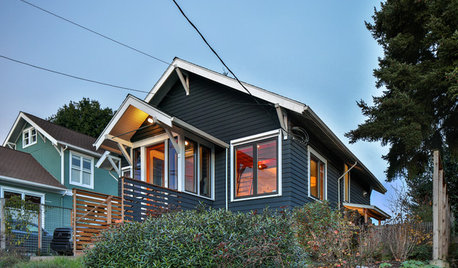
MODERN HOMESHouzz TV: Seattle Family Almost Doubles Its Space Without Adding On
See how 2 work-from-home architects design and build an adaptable space for their family and business
Full Story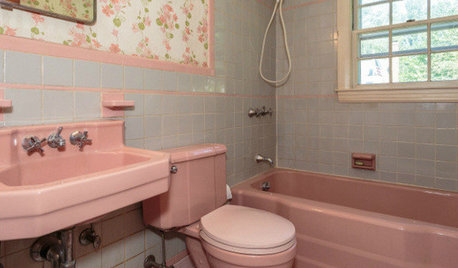
BATHROOM COLOR8 Ways to Spruce Up an Older Bathroom (Without Remodeling)
Mint tiles got you feeling blue? Don’t demolish — distract the eye by updating small details
Full Story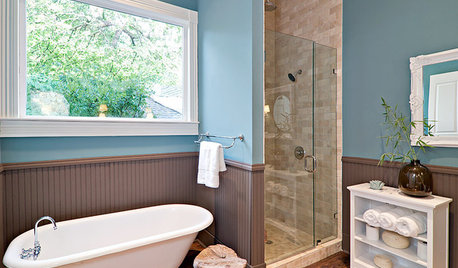
4 Easy Ways to Renew Your Bathroom Without Remodeling
Take your bathroom from drab to fab without getting out the sledgehammer or racking up lots of charges
Full Story
BEFORE AND AFTERSGray Cabinets Update a Texas Kitchen
Julie Shannon spent 3 years planning her kitchen update, choosing a gray palette and finding the materials for a transitional style
Full Story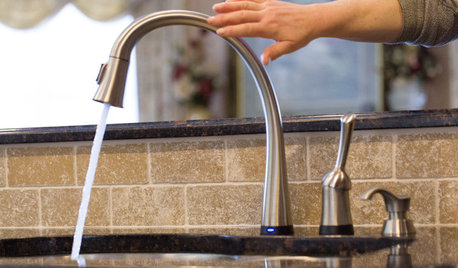
KITCHEN SINKSJust a Touch: Faucets Without the Fuss
Faucets that turn on with a tap of the finger, forearm or hand are great for messy hands or full arms
Full Story
KITCHEN DESIGN11 Ways to Update Your Kitchen Without a Sledgehammer
Give your kitchen a new look by making small improvements that have big impact
Full Story
DECORATING GUIDES12 Ways to Cool Your Home Without Air Conditioning
If your summer energy bill is leaving you hot under the collar, consider these savvy alternate strategies for cooling down
Full Story
HEALTHY HOMEGet Cleaner Indoor Air Without Opening a Window
Mechanical ventilation can actually be better for your home than the natural kind. Find out the whys and hows here
Full Story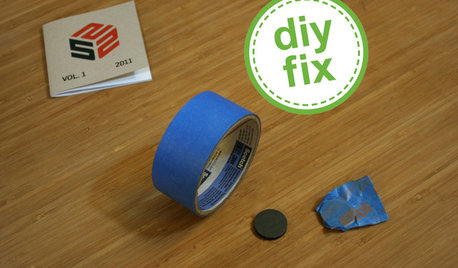
DECORATING GUIDESQuick Fix: Find Wall Studs Without an Expensive Stud Finder
See how to find hidden wall studs with this ridiculously easy trick
Full Story





gardenlen
trudi_d
Related Professionals
Windham Landscape Architects & Landscape Designers · Mitchellville Landscape Architects & Landscape Designers · Norton Shores Landscape Architects & Landscape Designers · Oconomowoc Landscape Architects & Landscape Designers · Waunakee Landscape Architects & Landscape Designers · Arlington Landscape Contractors · Euclid Landscape Contractors · Fort Payne Landscape Contractors · Hawaiian Gardens Landscape Contractors · Camp Springs Landscape Contractors · Fairfax Siding & Exteriors · Honolulu Siding & Exteriors · South Barrington Siding & Exteriors · Coto De Caza Solar Energy Systems · Tustin Solar Energy SystemsjessiecaroleOriginal Author
mid_tn_mama
gardenlen
jessiecaroleOriginal Author
gardenlen
Fireraven9
mid_tn_mama
Fireraven9
Mercy_Garden
jessiecaroleOriginal Author
Mercy_Garden
polly_il
lou_farnorthqld
jessiecaroleOriginal Author
avnart
jessiecaroleOriginal Author
gardenlen
jessiecaroleOriginal Author
gardenlen
avnart
Belgianpup
gardenlen
jmwlr
terran
Belgianpup
heathersgarden
jessiecaroleOriginal Author
Belgianpup
jessiecaroleOriginal Author
marshallz10
novascapes
gonebananas_gw